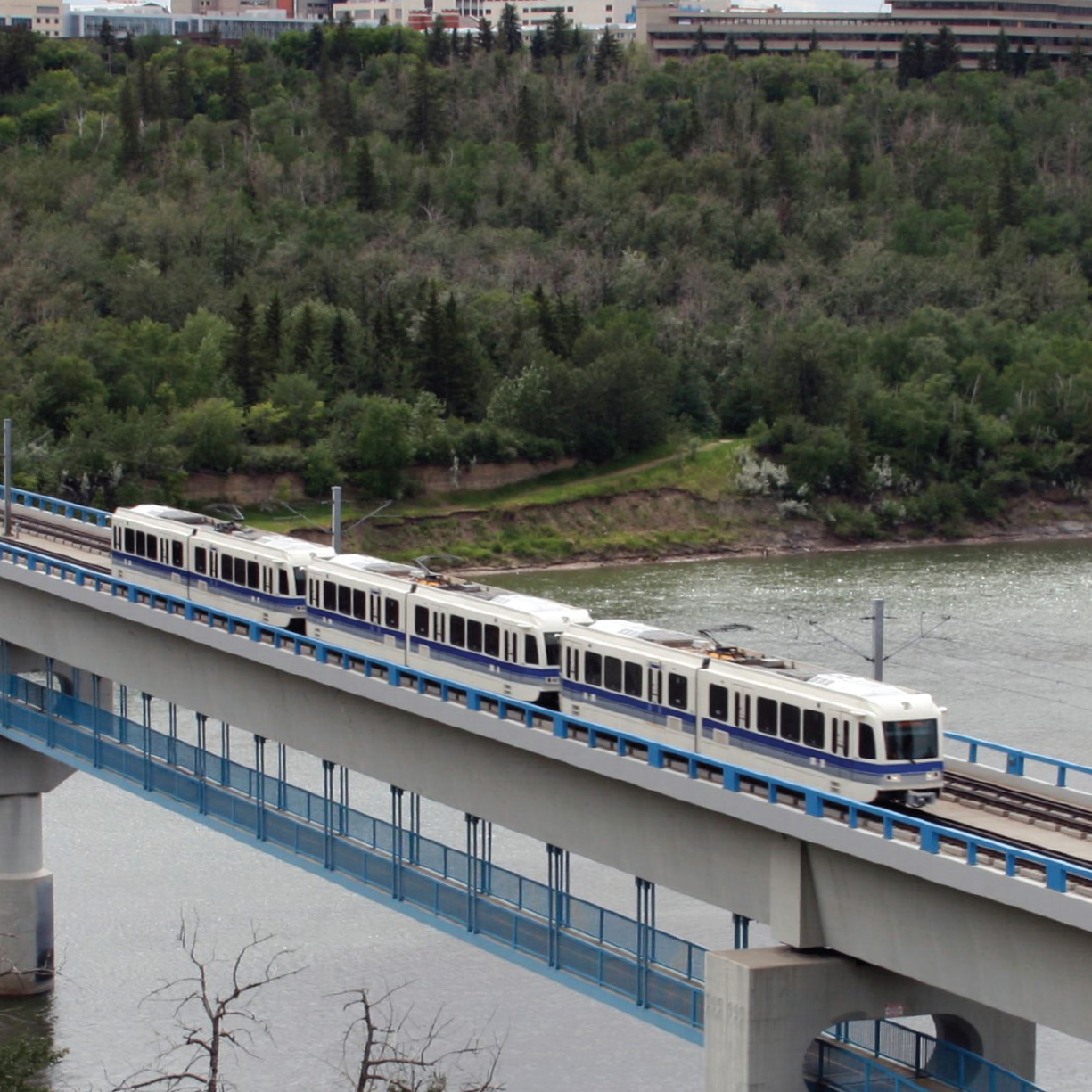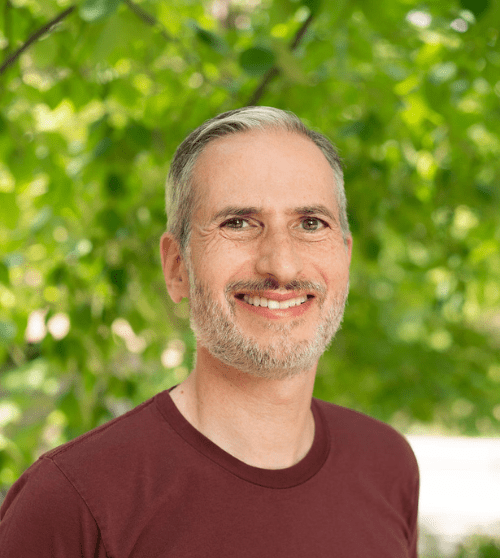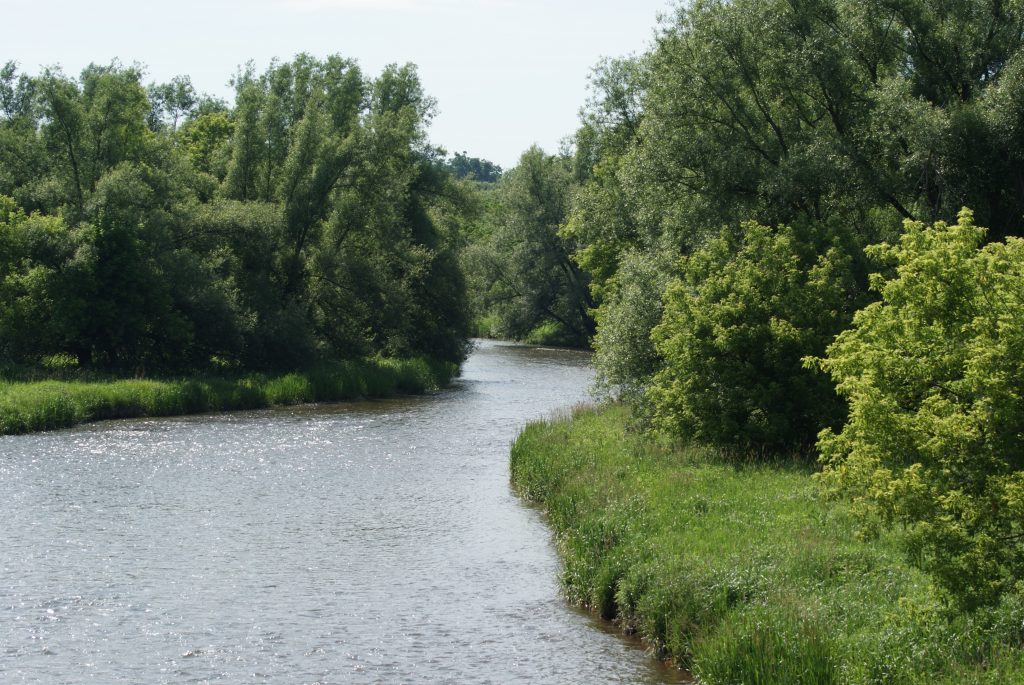My friends call me a public transit geek – a badge I wear proudly. I’ve been commuting by public transit since I was 12. I’ve used public transit in nearly every city I’ve visited. And one of the best gifts I ever got was a book of public transit maps from around the world. So I knew a lot about public transit when I walked into the recent Sprawl Brawl – Transit vs. Highways. But I walked out with a greater understanding of the complexities of transportation planning.
The Sprawl Brawl featured four expert panellists – Pamela Blais, author and principal, Metropole Consultants; Cherise Burda, executive director of the Ryerson City Building Institute; Cheryl Layton, former Deputy Minister, Ontario Ministry of Transportation; and Ed Levy, transportation planner, co-founder of BA Consulting Group Limited.
All four panellists agreed that the Greater Toronto and Hamilton Area (GTHA) needs more public transit – a lot more. The lack of public transit infrastructure has led to the current mess in the GTHA where gridlock costs the economy $11 billion a year, is a major contributor to greenhouse gas emissions and diminishes the quality of life for residents.
One of the key questions discussed at the Sprawl Brawl is where to put public transit. Some of the insights panellists provided included:
- Subways and LRTs should be built where there is a density of jobs and residents to support their use. This is not always the case in Toronto where, for example, the area where an extension of the Spadina Line is being built does not actually have enough density to justify the subway extension.
- Density should be planned to increase along existing and upcoming public transit, such as residential density increasing along the upcoming Eglinton Crosstown LRT.
- The area around Pearson Airport has the second largest cluster of jobs in Canada (after downtown Toronto) but the only rapid transit currently servicing it is the UPX – a pricey option for commuting even at its lowered price of $12 a ride ($9 with a Presto Card and $3.50 if you work on the airport grounds, but not if you work near the airport)
- Toronto has debated plans for a relief line from the east end to downtown for more than 100 years. It’s long overdue and would help alleviate the rush hour crush at Bloor/Yonge Station, which is the busiest two-line interchange in the world.
- Public transit must prioritize service to people for whom it is the only transportation option. This can be achieved in part by reconfiguring bus service.
While none of the panellists supported new highways, such as the redundant Highway 413, a few made it clear that roads will remain an important part of moving people and especially goods throughout the GTHA. So how can we maximize the efficiency of existing roads? Here are a few of the ideas presented by the panellists:
- Charge for use of High Occupancy Lanes, encourage business to offer flexible work hours and schedule more deliveries of goods at night. Similar measures were successful during the Pan Am Games.
- Congestion pricing, where drivers pay tolls to drive during rush hours, has dramatically reduced gridlock in cities that have implemented it – and not just in big cities.
- Make roads safer for all users including motor vehicles, bicycles and pedestrians – reduce speed limits, separated bike lanes, more visible pedestrian crossings.
The panellists also talked about the wildcard in transportation planning – driverless vehicles. Driverless cars are being tested in the GTHA and some expect they could be widely used within 10 years or sooner. While their impact on traffic remains to be seen, these vehicles must be accounted for in the region’s transportation plans – and they’re not yet.
With 100,000 new residents in the GTHA each year, it’s critical that we get the region’s transportation right. The information and insight at the Sprawl Brawl helped me tune into plans for improving transportation in the GTHA, including increasing public transit and growing bike lane networks (I also love cycling). And the event highlighted for me how important it is to use my voice to help stop risky projects, such as unnecessary highways that will make transportation in the region worse, not better.
p.s. I hope you can join us in March for Sprawl Brawl Round 3 – Smart Growth vs. Sprawl – featuring Dianne Saxe, Ontario’s new Environmental Commissioner. Get details about upcoming events by signing up for the Greenbelt Newsletter.







